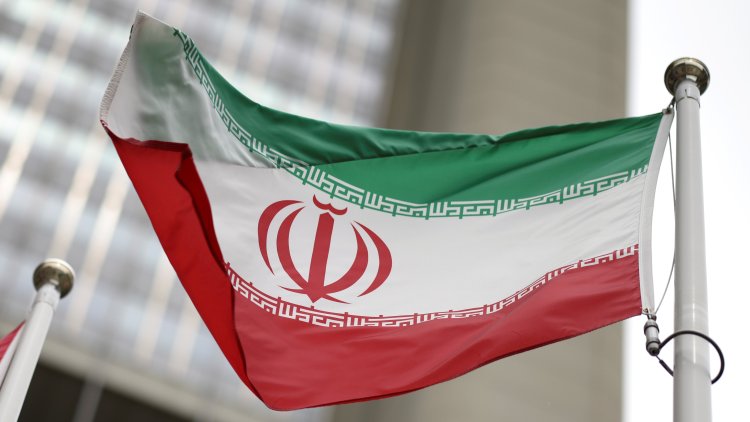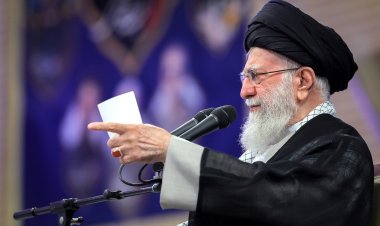How will the Iran deal work?

After months of hibernation, Iran nuclear talks woke up again last month.
The EU text describes the implementation in four steps.
On “day zero,” the day on which the deal would be signed, the Joint Commission founded the Joint Comprehensive Plan of Action.
Iran and the West are supposed to reach an additional deal to free Western prisoners in exchange for freeing Iranian funds.
That day, US President Joe Biden would rescind three executive orders pertaining to Iran.
Iran would reduce enrichment to 20%, and allow for the International Atomic Energy Agency to begin the resumption of monitoring Iranian nuclear sites.
Within five days, the deal will likely reach the US Congress.
If Congress rejects the deal, Biden can veto it, except in the unlikely scenario that a veto-proof majority of two-thirds votes against it.
The next step in implementing the deal, “confirmation day” would come 60 days after “day zero.” The UN Security Council and IAEA would be notified of a return to the agreement.
The US would give a one-time sanctions exemption for Iran to sell 50 million barrels of oil.
Iran would stop enriching uranium to over 5% purity.
Two months later, day 120, would be “reimplementation day.” Iran and the US would have to publicly declare their intention to continue to return to the deal at least seven days prior to that date. Iran would also complete all the steps required by the deal.
The US would remove all secondary sanctions on Iran and agreed-upon terrorist designations.
“Completion day” would come on day 165, on which all nuclear restrictions and sanctions relief would go into effect.
In the coming years, the JCPOA’s original “sunset clauses” would go into effect in accordance with UNSC Resolution 2231, without any extensions.















